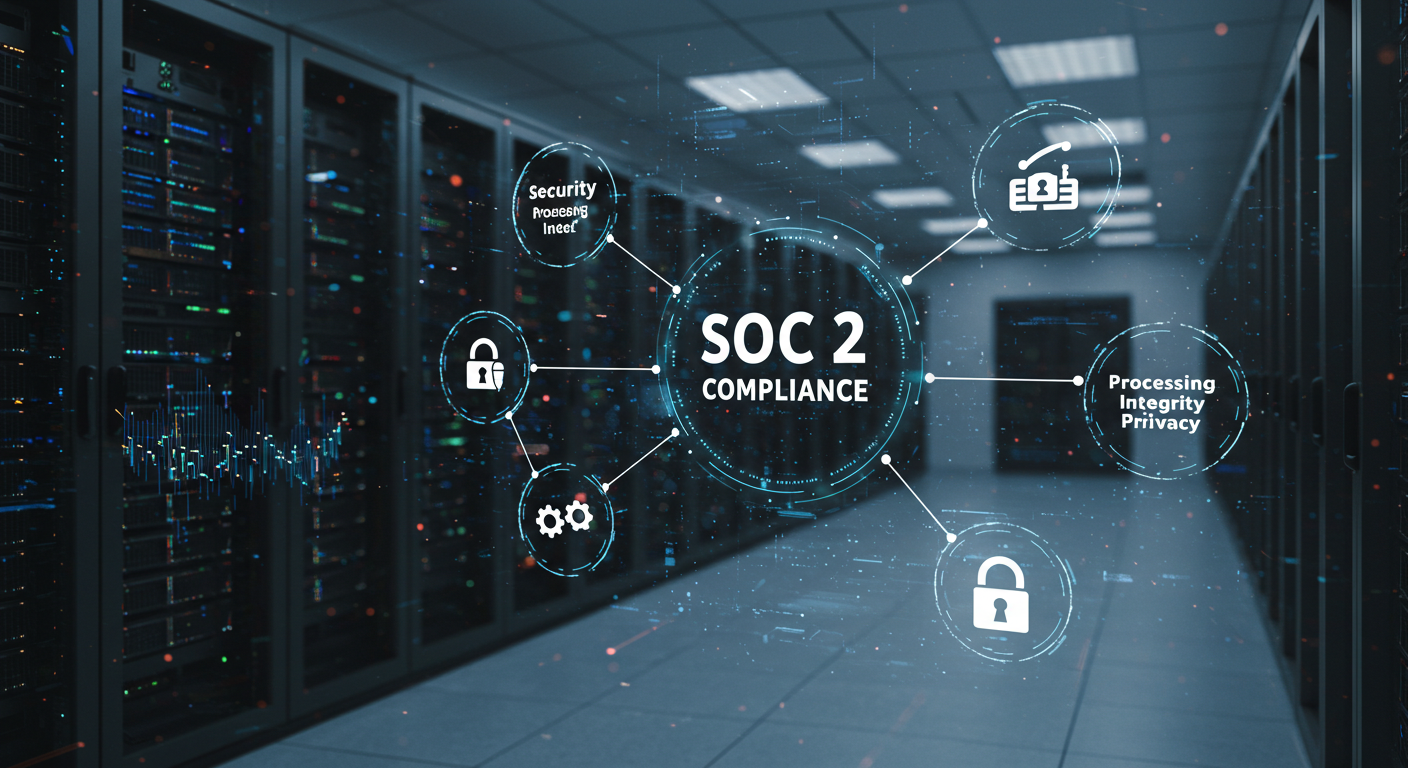Many of the organizational leadership we partner with puts forth tremendous effort when devising well-rounded cybersecurity policies and procedures. Unfortunately, many wrenches can get thrown into even the best-laid plans. Much of the time, the ability to avoid hiccups comes down to the end-users/employees. More specifically, your success hinges upon their ability to adhere to your mandates.
However, issues with end-users/employees aren’t due to a lack of care or trying. Typically, it results from a lack of education and explanation of why it’s crucial to follow the policy.
As pivotal as your policies and procedures are for cybersecurity, training and education are of equal value and importance. Read on as we examine how you can educate your team on putting these vital guidelines and best practices into motion.
What Are Common Pain Points?
One sticking point that haunts organizations far and wide is email security. All too often, employees are untrained on these matters, with 30% of surveyed workers citing unawareness of phishing or malware.
This lack of education and understanding encapsulates why Business Email Compromise (BEC) and other scams have cost organizations $3 billion in total. This tally comes from the FBI, as of June 2016.
There aren’t enough firewalls and security in the world to shield a business from unsuspecting mistakes. Cybercriminals are a savvy, dangerous bunch. It’s easy to fool the uneducated with the deception of fake identities, clickbait, and phishing scams that help nefarious users access company information.
A robust defense against this, as highlighted in the introduction, is a knowledgeable employee base. Let’s take a look at what topics should be incorporated into a cybersecurity initiative:
Teach Employees About All Cyberthreats
Primarily, employees should be well-versed in the worlds of spam, phishing, malware, and Ransomware. Being thoroughly familiar with these concepts and their various executions will encourage hyper-vigilance. But end-users must know what these threats look like and how they take form.
Initially, utilize training videos that illustrate how to identify span content holding hidden malicious software. Clarify that emails aren’t the only source of spam. It’s also prevalent in social media messaging. And LinkedIn ‘invitations’ could possibly hold a virus.
Next should come phishing training. This process must include real-world examples of related scams to clearly convey a fraudulent email’s physical appearance. Show who might send such an email and the types of information that will be requested. For context, here’s what phishers ask of their intended victims:
- Usernames
- Passwords
- Personal information
- Financial information
All of these assets allow criminals to steal company funds.
The next step in your training program for employees is breaking down the specifics involved in downloading malware or Ransomware.
Malware is a virus focused on damaging a device’s functionality. Whereas Ransomware uses a company’s website or a similar platform to extort money from a third party.
Companies need to protect themselves at all costs from both of these malignant threats.
There’s also the growing social engineering issue—wherein savvy online scam artists disguise themselves with trustworthy online identities. They then trick employees into giving them valuable company information.
(We Gamify This For Our Customers – Reach Out To Learn More)
Shining a Light on Password Security
Whether it’s unlocking personal devices, logging into work accounts, or every other professional app, passwords are everywhere. It’s overwhelming for employees, so they choose simplified passwords that are easy to remember.
The issue with the above behavior is memorable passwords are simple codes to crack for skilled cybercriminals. Explain to your team that passwords can present a robust first line of defense against hackers, so choosing a strong sequence is an absolute non-negotiable.
Passwords should always incorporate a bevy of letters, numbers, and symbols at once. Show employees how to create strong passwords and give them helpful tips to remember/store them.
Create Policies for Emails, Social Media, and General Internet Usage
By allowing employees to freely explore the internet without much thought, you’re leaving your company open to malicious software attacks. These often penetrate your social accounts while stealing information and money.
Guidelines on email, internet, and social media usage should be an integral part of cybersecurity training for employees.
Employees should be discouraged from clicking on the following kinds of links:
- Suspicious links from unknown organizations.
- Links flagged as untrustworthy by your chosen antivirus program.
Create a set of rules and mandates for social media usage and internet browsing on company devices. Do the same for company email addresses, as well.
(We Have Policies To Cover This – Reach To Learn More)
Protecting Company Data
Provide information security training for new employees so that they’re aware of their legal obligations to protect data.
Furthermore, refresher courses should be offered to all employers to ensure they’re updated on a continually fluxing issue.
Cybersecurity Threat Identification and Reporting
Your best defense against cyber threats are prepared employees who know what they’re looking for. Beyond that, they must be made aware of the processes and procedures involved in flagging these issues. (This is important for CMMC)
After explaining the various intricacies and warning signs of phishing, malware, spam, etc., there’s the matter of reporting these issues. Establish procedures and train your employees to immediately notify the relevant parties so problems are handled before they become catastrophes.
The Learning Should Never Stop
Digital transformation has sped up technological innovation almost beyond the average person’s comprehension. What used to take decades to accomplish now takes days because of all the resources we have available. Mean these very same advantages are available to cybercriminals.
Therefore, employee education on cyber threats should be ongoing. From the moment they start with your company to the very end of their tenure, your team should receive upgraded training on these issues.
Embrace Cybersecurity Training Now and Reap the Benefits Forever
Cyberthreats aren’t going anywhere. In fact, they’re only going to get more dangerous and complicated as the years go by. Waiting too long to educate your team on how to fend off these malicious scams will only cost you in the long run.
Alternatively, committing to a rigorous, ongoing cybersecurity education for your end users/employees will pay massive dividends immediately and down the line.
BlueSteel Cybersecurity services providing company can help develop policies that fit your organization’s culture. This simplifies training and ensures that everyone is operating securely. Reach out today to learn more.







